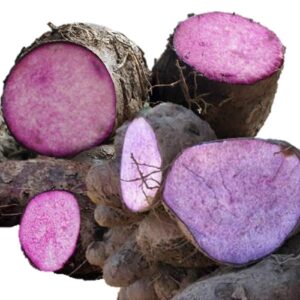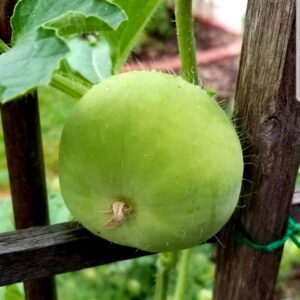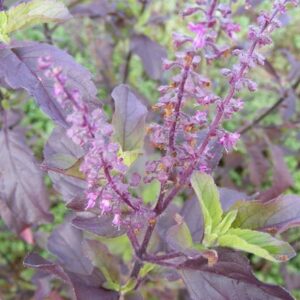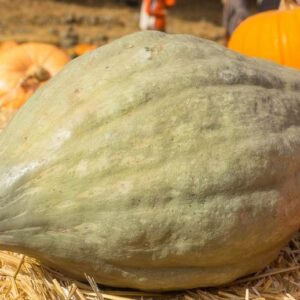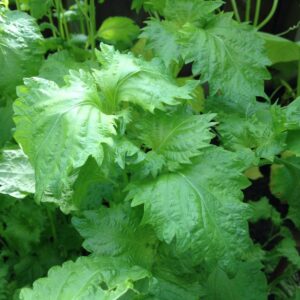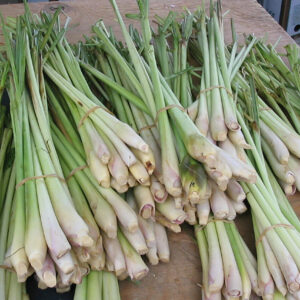$4.65
/ per pack
Choose seeds per pack:
Botanical nomenclature: Phaseolus lunatus
Common Name: Lima bean, Butter bean, Sieva bean, Double bean, Madagascar bean
Family: Fabaceae
A lima bean, also commonly known as the butter bean, sieva bean, double bean, Madagascar bean, chad bean, or wax bean is a legume grown for its edible seeds or beans.
Phaseolus lunatus is found in Meso – and South America. Two gene pools of cultivated lima beans point to independent domestication events. The Mesoamerican lima bean is distributed in neotropical lowlands, while the other is found in the western Andes. They were discovered in Peru.
The Andes domestication took place around 2000 BC and produced a large-seeded variety (lima type), while the second, taking place in Mesoamerica around 800 AD, produced a small-seeded variety (Sieva type). By around 1300, cultivation had spread north of the Rio Grande, and, in the 1500s, the plant began to be cultivated in the Old World.
The small-seeded (Sieva) type is found distributed from Mexico to Argentina, generally below 1,600 m (5,200 ft) above sea level, while the large-seeded wild form (lima type) is found distributed in the north of Peru, from 320 to 2,030 m (1,050 to 6,660 ft) above sea level.
The Moche Culture (1–800 CE) cultivated lima beans heavily and often depicted them in their art. During the Spanish Viceroyalty of Peru, lima beans were exported to the rest of the Americas and Europe, and since the boxes of such goods had their place of origin labeled Lima, Peru, the beans got named as such. Despite the origin of the name, when referring to the bean, the word lima is generally pronounced differently from the Peruvian capital.
The term butter bean is widely used in North and South Carolina for a large, flat and yellow/white variety of lima bean (P. lunatus var. macrocarpus, or P. limensis). In the United States Sieva-type beans are traditionally called butter beans, also otherwise known as the Dixie or Henderson type. In that area, lima beans and butter beans are seen as two distinct types of beans, although they are the same species. In the United Kingdom and the United States, butter beans refers to either dried beans which can be purchased to rehydrate, or the canned variety which are ready to use. In culinary use there, lima beans and butter beans are distinct, the former being small and green, the latter large and yellow. In areas where both are considered to be lima beans, the green variety may be labelled as baby (and less commonly junior) limas.
| Weight | N/A |
|---|
